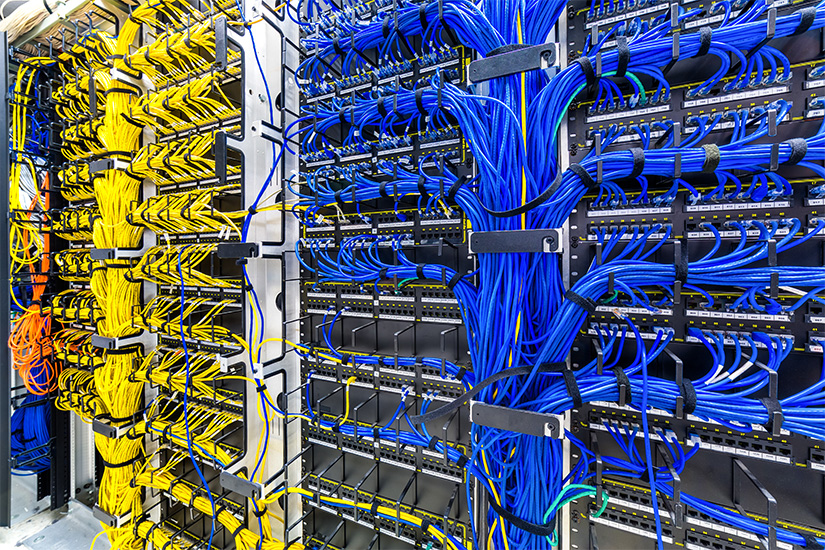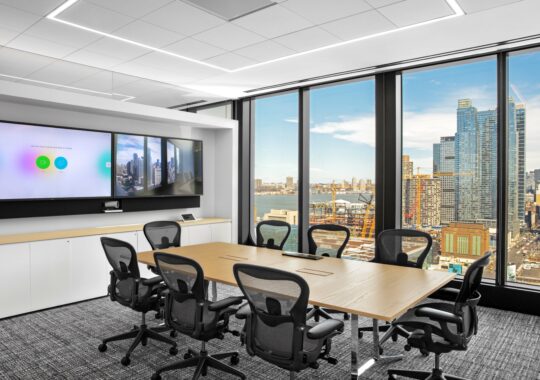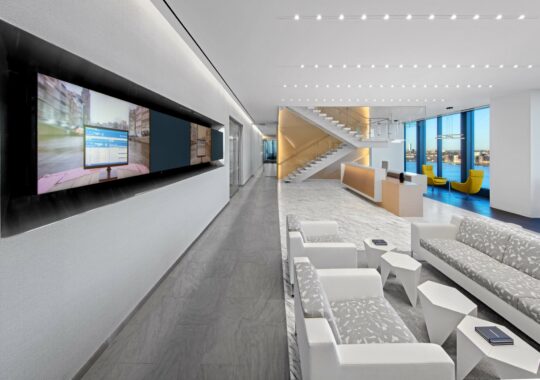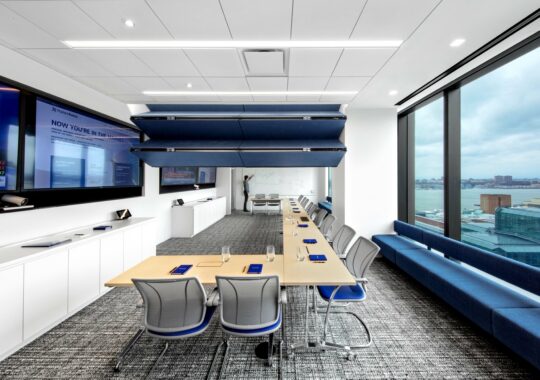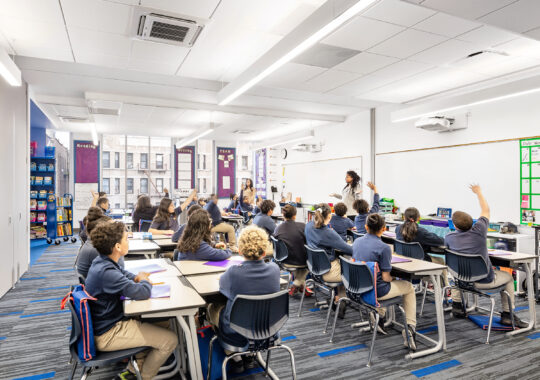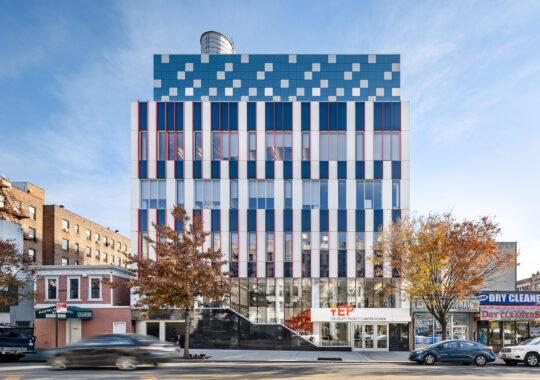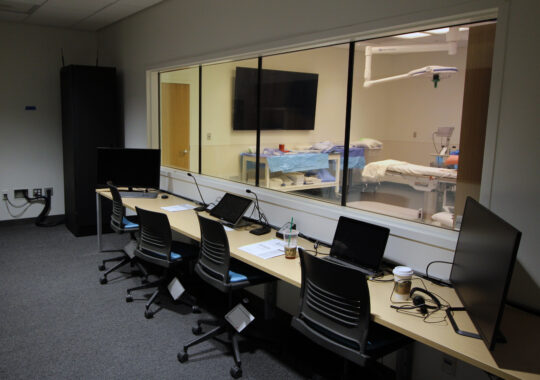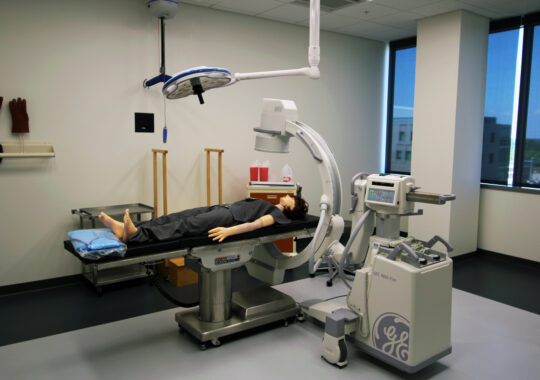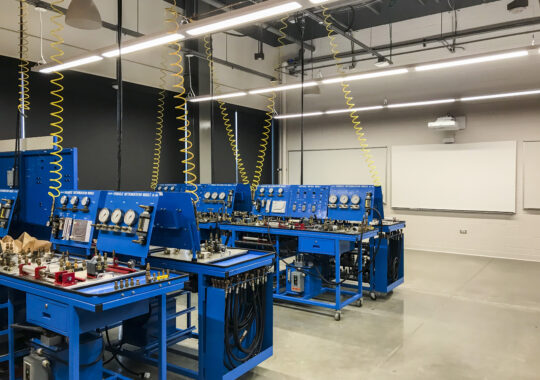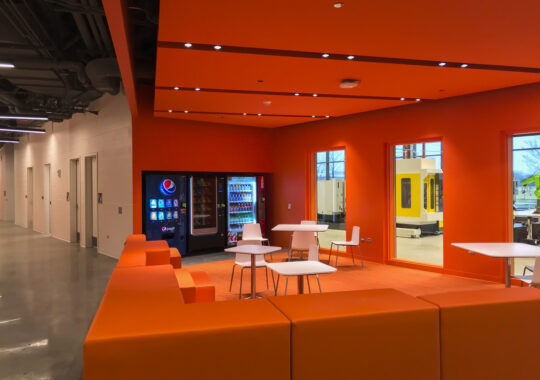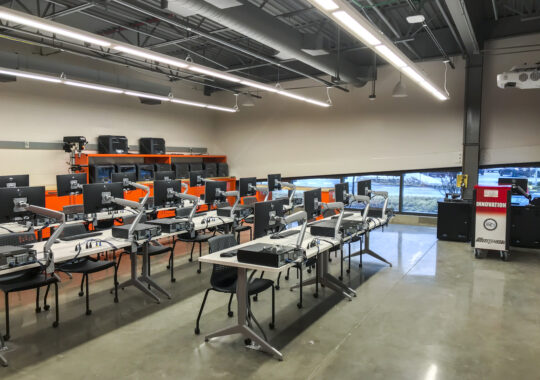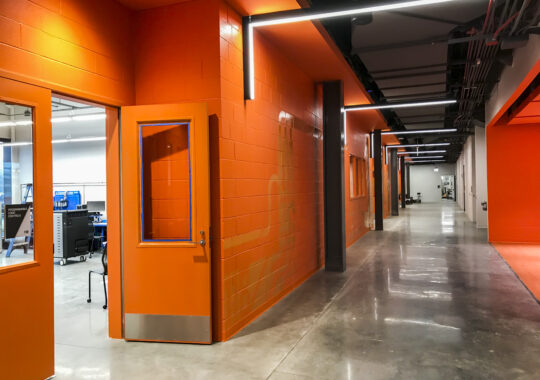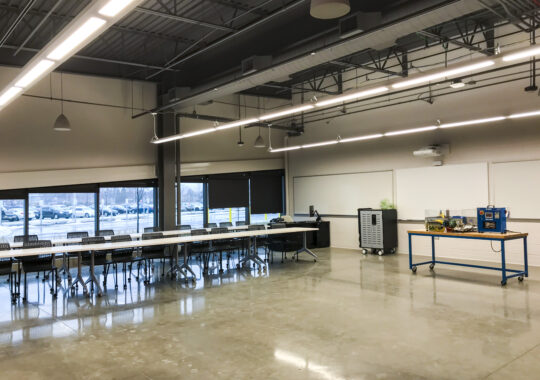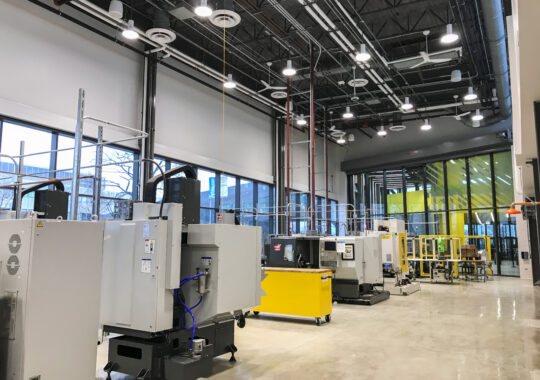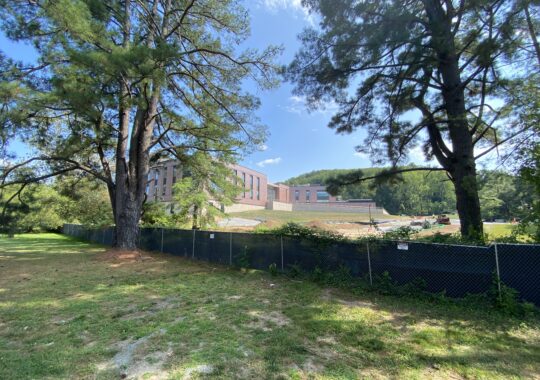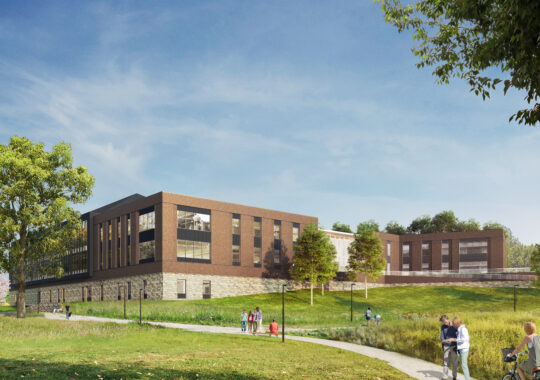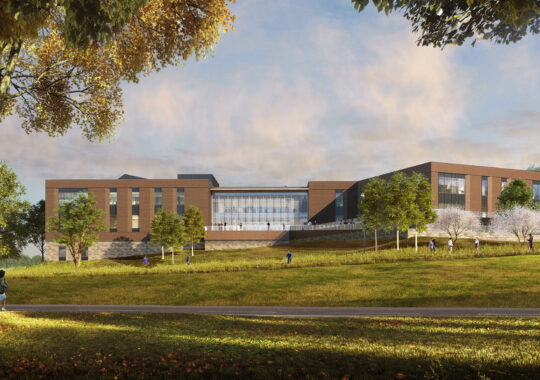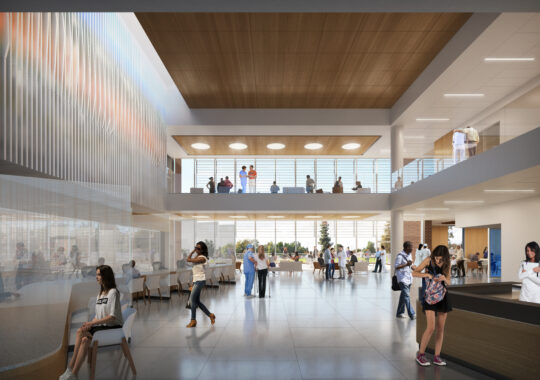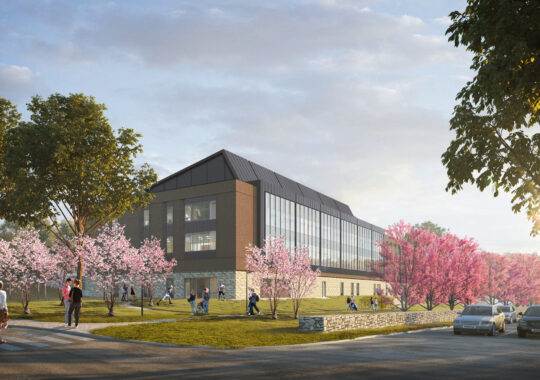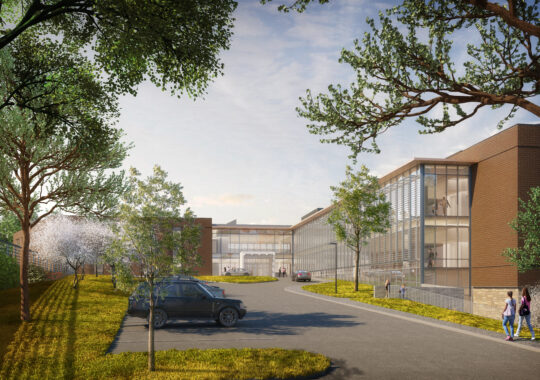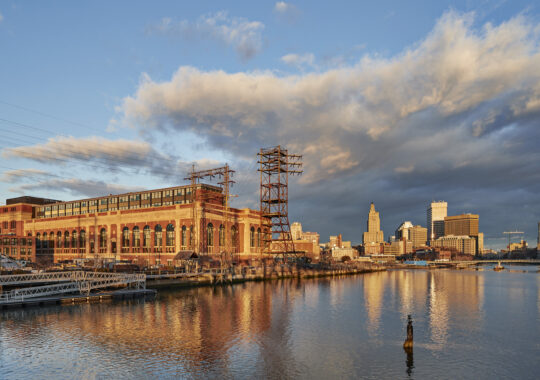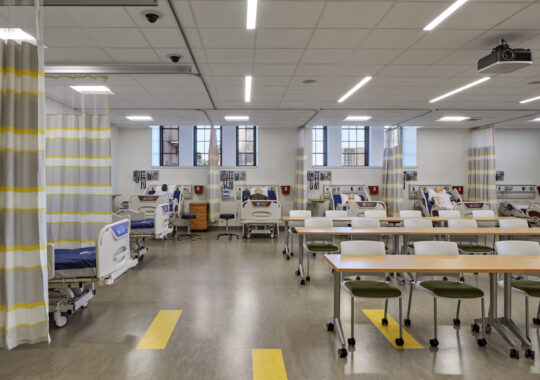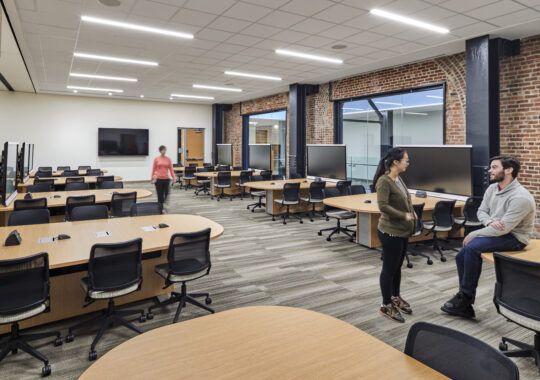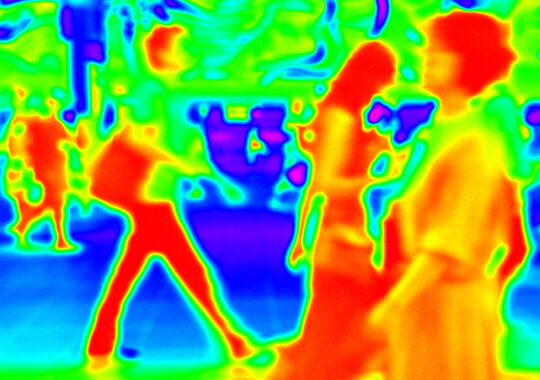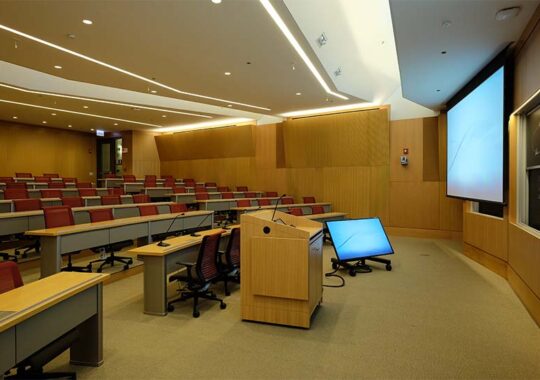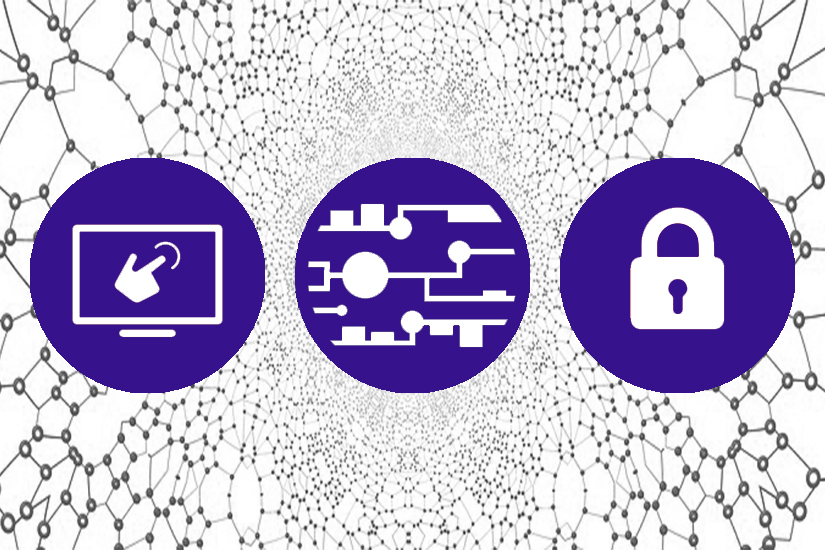One of the most beautiful sites in the world, is the merging of the Rhone and Saône rivers in Lyon, France. The two major rivers merge into one, forming a site that must be seen. As we move forward with the convergence of technologies, there is a similar point of confluence with building technologies, and how they infuse with operation and construction of buildings.
At the intersection of all the systems around us, are the networks that drive the communication between you and me. This network ideology has transformed the world around us, and will continue to grow at an exponential rate, as the needs evolve. I believe it is important that we start at the very edge of these networks, and that includes the devices that sit at the edge; each component such as security cameras, building monitors, wireless access points, and phones are paramount to our daily activities, and any downtime in relation to those devices could cause an interruption to the very fabric of the world around us. These devices are now being powered, and communicated via Ethernet which all starts back at the network switch. These switches are the traffic controllers of our networks, and their evolution is paramount to how we design. As a technology consultant it is important that we understand the way that these networks are engineered, constructed, and maintained over time.
Kicking off 2020 it would be important to note the following leaps in technology, and how it relates to you.
IEEE 802.3bt
Ratified in 2018 the new standard for types, and amount of power available for delivery, up to 100W delivered over . A typical Ethernet cable is constructed of either strands of copper wire, in a four pair configuration. The power used to travel over two pairs, with this new standard power can be delivered over all four pairs, while not sacrificing any performance. This new capability is going to allow for more and more devices to pull power from the network, reducing the amount of infrastructure necessary for things such as digital signage monitors, Whereas this is an amazing leap, there are few things to keep in mind that will impact the design and operation of a building.
> The higher the power transmission, the higher the heat dissipation on the cabling, the bundling effect can lead to higher insertion loss ratios. This can directly impact the performance on the cable and cause undue stress. By continuous pathways such as basket, or ladder tray, we can mitigate the effects of EMI/RFI, and protect the life of the cabling.
This is paramount to be addressed earlier in the building coordination and programming, as ceiling space is typically limited, and should be coordinated as early on as possible.
> With the ability to provide up to 100W there is a code standard that is triggered in the NEC, via Article 725.144, that requires heat rise compensation when greater than 60W is traversing the cabling, when above 86-degrees Fahrenheit, ambient. Many manufacturers have begin producing a limited power (LP) cable, which is specially constructed to handle the new power ratings, and should have special attention paid to the selection of cable.
> As best practice, the telecom room, have necessitate the UPS requirements in a telecom room to support the critical applications supported by the network. As we place higher power consumption devices on the network, the management and size of the UPS needs to be accounted for, as to not drain the important resiliency created by battery back-up to have that consumed by a non-critical device. There are network management practices that can be implemented to place a priority on the specific switch port, when operating on back-up power.
Multi-Gig Ethernet
For as long as the standards have existed there has been a cap placed on cabling, regarding throughput capable based on the category rating of a cable, for example Category 5e was always considered to be a 100Mbps cable, at the permanent link distance. With the introduction of increased intelligence of switching equipment, what was at one point capped, has now expanded from the 100Mpbs can now flex up to 2.5Gbps, on a Category 5 wire.
As we delve into the 2020-decade WiFi is all the rage and could really be considered a mission critical means of communication. This is a large paradigm shift, as the users move from wired connections to wireless, it will really place an increased load on the wireless access points, as the expected wireless load should be at least 1.5 devices per user. With the introduction of multi-gig Ethernet, the newest wireless standard WiFi 6 (802.11AX) can take full advantage of this to account for this increased strain on the wireless networks. With this increased need, there are a few things to keep in mind:
> There are more and more requirements for wireless in places where there was never a need before, such as open spaces and outdoor flexible environments, back of house and mechanical spaces. It is important to account for pathways, and aesthetics as it relates to building construction. The needs should be developed for all infrastructure as it relates to wireless, in programming, to allow for the architecture to be front-of-mind as it melds with the mission critical wireless application.
> The amount of wireless access points necessary are extremely important, and careful consideration should be placed in the locations, and impending channel modulation that should occur with the increased amount of access points. A true heat map should be developed in the design process, to help alleviate any potential short-comings, or interference applications.
As we move forward at a continued rapid pace, we need to ensure that we keep the construction process in mind as it relates to the implementation of advanced technologies and the correlating infrastructure that is necessary to support today, and into the future. As important as the technology is becoming a part of core business and life applications, it is equally as imperative that we account for all necessary steps for implementation on day one of the process.
